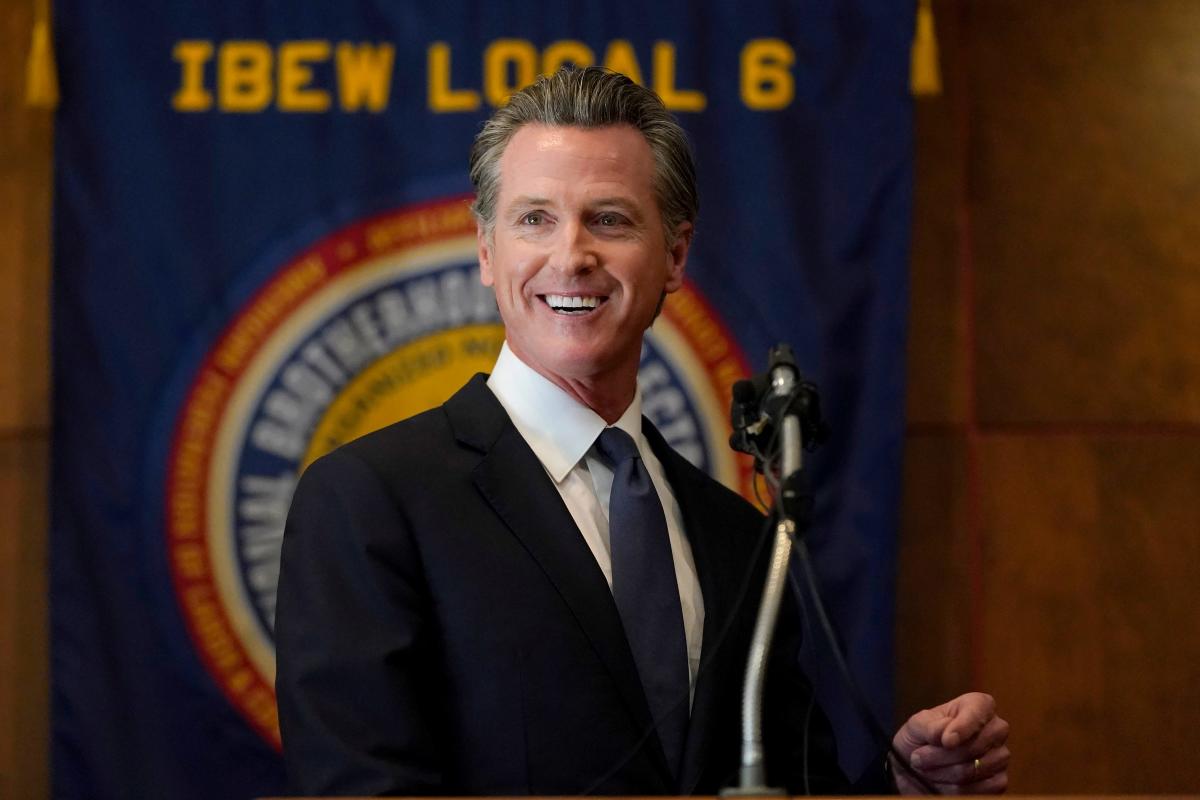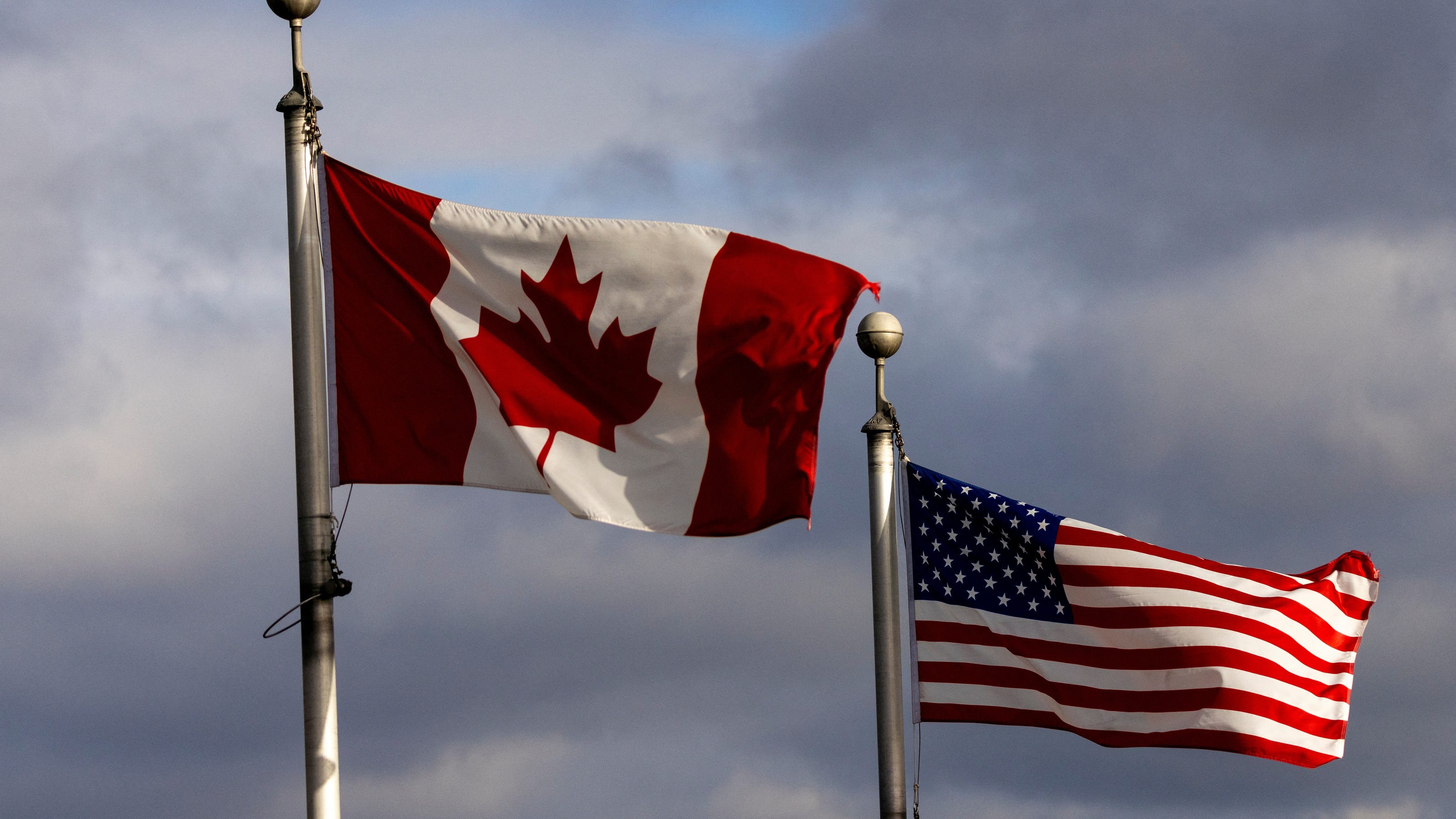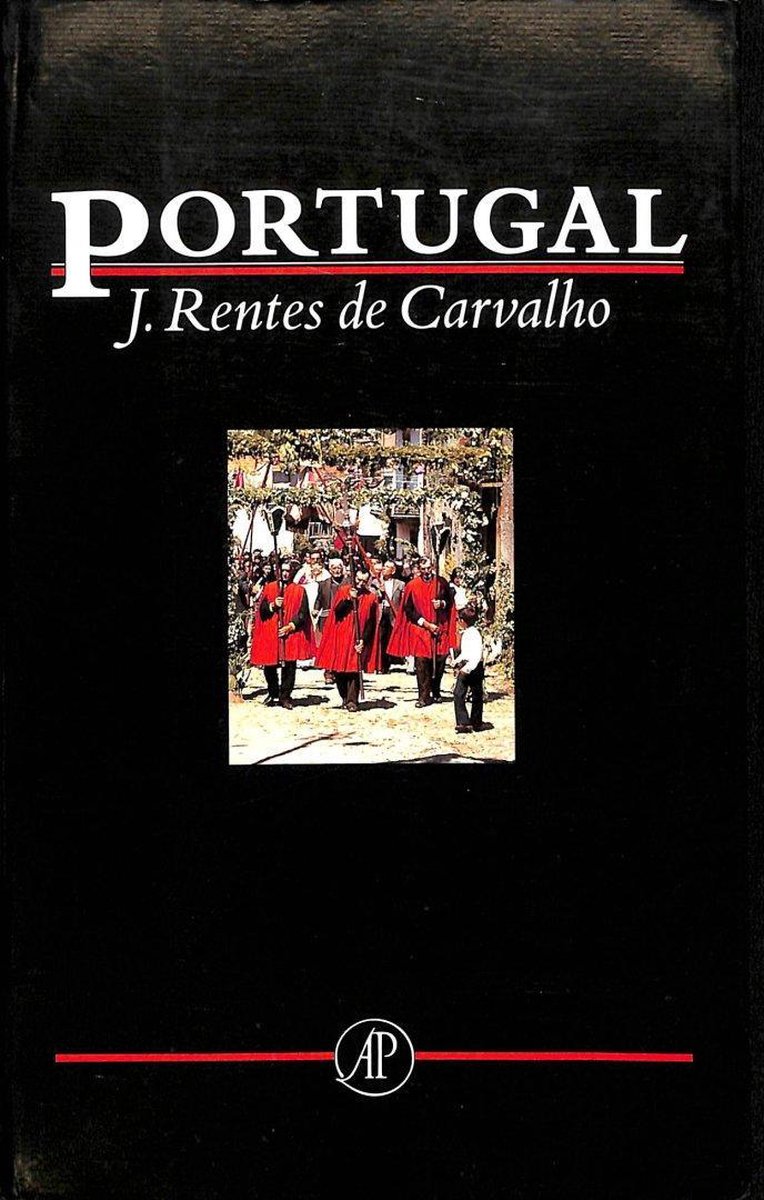California Politics Explodes: Newsom's Confrontation With Democrats

Table of Contents
The Roots of the Conflict: Policy Disagreements and Ideological Divisions
The current tensions aren't merely personality clashes; they stem from deep-seated policy disagreements and widening ideological divisions within the California Democratic party. These disagreements are playing out on several key fronts, threatening to fracture the party's unity.
Housing Crisis and Development Debates
Newsom's ambitious plans to tackle California's housing crisis through increased density and streamlined development are clashing head-on with environmental concerns and local control preferences held by many Democrats. This conflict represents a fundamental disagreement on how to balance competing priorities.
- Increased density initiatives: Newsom's administration has pushed for significant increases in housing density in many areas, aiming to alleviate the acute housing shortage.
- Opposition from environmental groups: Environmental organizations worry that increased density will lead to habitat loss, increased traffic, and greater strain on infrastructure, raising concerns about the environmental impact of rapid development.
- Local zoning battles: Many local governments are resisting state mandates for increased density, citing concerns about preserving local character and community control. These local battles are slowing down progress and exacerbating the conflict.
The specific legislation involved, such as SB 9 and SB 10, which aim to streamline the approval process for smaller housing projects and allow for denser development, exemplifies the tension. Projects facing fierce opposition highlight the struggle between state-level solutions and local control. The political implications are significant, with Newsom facing increasing criticism from within his own party.
Economic Policies and the Wealth Gap
Differing approaches to addressing California's persistent wealth inequality further fuel the conflict. While Newsom has championed some progressive economic policies, his approach hasn't satisfied the more progressive wing of the Democratic party.
- Debates over tax increases: Discussions about increasing taxes on the wealthy, including potential wealth taxes, have sparked heated debates.
- Minimum wage increases: The debate over the pace and extent of minimum wage increases reveals differing priorities within the party.
- Corporate regulations: Disagreements persist on the level and type of corporate regulations needed to address wealth inequality and promote economic fairness.
The specific proposals put forward by various factions, and the counterarguments raised, reveal the deep divides on how best to tackle income inequality within the Democratic party. This is not just a policy debate; it's a battle over fundamental values and approaches to governance.
Newsom's Political Strategy and Power Plays
Newsom's political maneuvering and assertive style have also contributed significantly to the conflict. Accusations of centralizing power and bypassing the legislative process have fueled resentment among some Democrats.
Centralization of Power
Critics accuse Newsom of increasingly centralizing power in the governor's office, using executive orders and other measures to bypass the legislative process on key issues. This perceived disregard for the legislative branch has angered many Democrats who believe in a more collaborative approach to governance.
- Examples of executive orders: Several instances of Newsom employing executive orders on critical issues have been cited as evidence of his centralizing tendencies.
- Bypassing the legislature on key issues: Critics point to several instances where Newsom has acted independently of, or in opposition to, the legislature, creating further friction.
- Criticism from legislative Democrats: Many legislative Democrats have openly criticized Newsom's actions, accusing him of undermining the legislative process.
This centralization of power has led to accusations of authoritarianism, undermining the traditional checks and balances within California's government.
Political Maneuvering and Public Image
Newsom's widely acknowledged presidential ambitions, coupled with his national media attention, have further complicated the situation. His use of his public image and national platform to influence political battles at the state level has been viewed by some as an attempt to bypass internal party processes.
- Potential presidential ambitions: Speculation about Newsom's presidential aspirations continues to be a significant factor in the political dynamics within California.
- National media attention: Newsom’s frequent appearances on national media outlets often overshadow state-level political debates, leading to accusations of prioritizing national image over internal party cohesion.
- Use of public image to influence political battles: Newsom's carefully cultivated public image is leveraged in many political battles, sometimes at the expense of internal party consensus.
This calculated use of public image and national profile adds another layer of complexity to the already tense relationship between Newsom and some within his party.
The Role of the Progressive Caucus and their Demands
The growing power and influence of the progressive wing of the California Democratic party, often referred to as the progressive caucus, is a central factor in this escalating conflict. Their increasing assertiveness and specific policy demands represent a direct challenge to Newsom's more centrist approach.
Increasing Influence of Progressive Democrats
The progressive caucus has demonstrated considerable strength in recent years, successfully pushing through legislation on issues such as climate change and criminal justice reform. Their increasing influence directly challenges Newsom's political maneuvering and compromises his ability to maintain a united front.
- Key policy demands: The progressive caucus champions policies such as a single-payer healthcare system, significant investments in renewable energy, and further restrictions on oil and gas production.
- Challenges to Newsom's moderate stance: Many of their policy demands directly clash with Newsom's more moderate approach, leading to significant intra-party conflict.
- Examples of successful legislative pushes: The progressive caucus's success in passing several key pieces of legislation demonstrates their increasing political power and influence.
This increased influence fundamentally alters the political landscape, forcing Newsom to contend with a more assertive and powerful progressive faction within his own party.
The Impact on California's Political Landscape and Future
The ongoing conflict between Newsom and factions within the California Democratic party has significant ramifications for the state's political landscape and future policymaking.
Legislative Gridlock and Policy Impasse
The deep divisions within the party threaten to create legislative gridlock and a policy impasse, hindering progress on key issues such as housing, environmental protection, healthcare, and education. The inability to find common ground could leave crucial problems unaddressed.
- Potential consequences for housing: Continued disagreement could exacerbate the already severe housing crisis.
- Potential consequences for the environment: Lack of consensus on climate change initiatives could hinder efforts to combat climate change.
- Potential consequences for healthcare and education: The intra-party struggle could severely limit investments in these crucial sectors.
The consequences of continued gridlock could be far-reaching and deeply detrimental to the state's future.
Shifting Political Alliances and Realignments
The current conflict could lead to long-term shifts in California's political alliances and alignments, potentially fracturing the Democratic party and leading to the emergence of new political coalitions. The future of California's political landscape may be fundamentally altered by these ongoing tensions.
- Potential fracturing of the Democratic party: The internal conflict could lead to lasting divisions within the California Democratic Party.
- Emergence of new political coalitions: New political alignments could emerge, reshaping the state's political landscape in unforeseen ways.
The long-term consequences are still unfolding, but the current situation has the potential to drastically alter California's political dynamics for years to come.
Conclusion
The escalating conflict between Governor Newsom and factions within the California Democratic party represents a pivotal moment in the state's political history. This intra-party struggle over policy, power, and political ambition threatens to hinder progress on crucial issues facing California. Understanding the dynamics of this California Politics showdown is crucial for anyone interested in the future of the state. Stay informed about the evolving Newsom-Democrats confrontation to understand the shifting political tides and its potential lasting impact on California's governance. Continue following the developments in California politics to stay informed.

Featured Posts
-
 Royal Netherlands Navy Enhanced By Fugro And Damen Collaboration
Apr 26, 2025
Royal Netherlands Navy Enhanced By Fugro And Damen Collaboration
Apr 26, 2025 -
 The Trump Tariff Effect Ceo Warnings And Consumer Sentiment
Apr 26, 2025
The Trump Tariff Effect Ceo Warnings And Consumer Sentiment
Apr 26, 2025 -
 Charlotte Perriand Honored By Saint Laurent At Milan Design Week 2025
Apr 26, 2025
Charlotte Perriand Honored By Saint Laurent At Milan Design Week 2025
Apr 26, 2025 -
 Leer De Lentetaal Een Gids Voor De Lente
Apr 26, 2025
Leer De Lentetaal Een Gids Voor De Lente
Apr 26, 2025 -
 Abb Vies Q Quarter Number Earnings New Drugs Fuel Sales Beat And Higher Profit Guidance
Apr 26, 2025
Abb Vies Q Quarter Number Earnings New Drugs Fuel Sales Beat And Higher Profit Guidance
Apr 26, 2025
